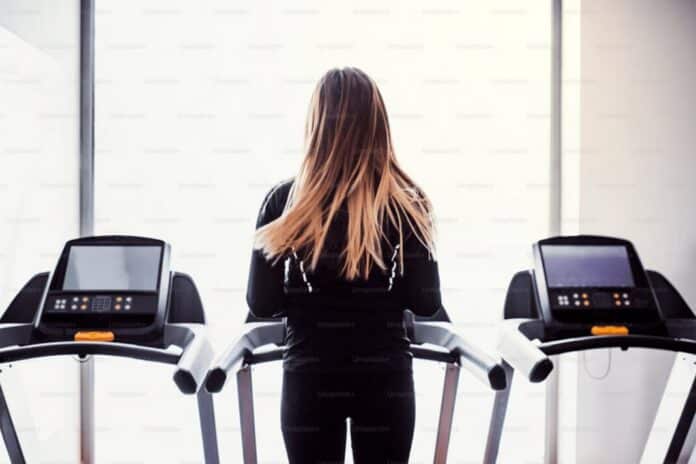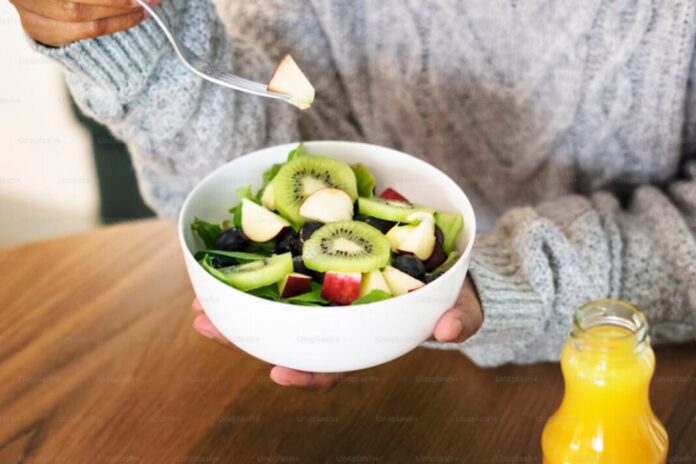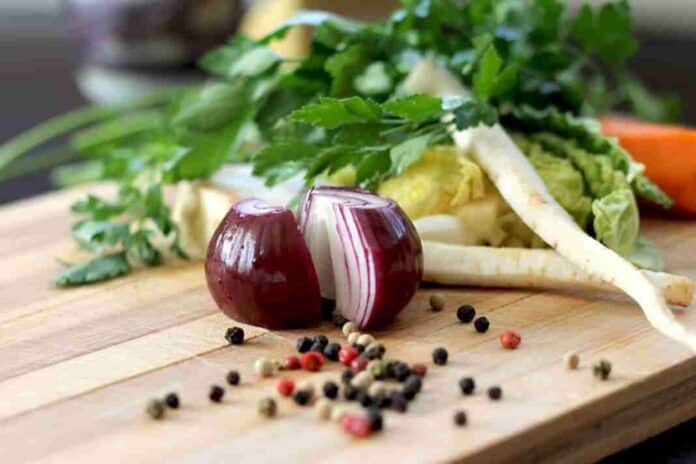Top Women’s Health Care Issues : A Comprehensive Guide
Women’s health encompasses a wide range of medical issues, spanning reproductive health, mental well-being, chronic conditions, and preventive measures. Addressing these concerns with proper care and information is vital for enhancing quality of life and ensuring long-term health. This article delves into the most pressing health care challenges faced by women today, supported by insights into symptoms, prevention, treatment, and emerging trends.
1. Reproductive Health and Family Planning
1.1- Importance of Reproductive Health
Reproductive health is fundamental to women’s overall well-being. It includes a variety of concerns, such as menstrual health, pregnancy, and contraception, all of which require personalized medical attention.
1.2- Menstrual Disorders
Menstrual issues, such as heavy bleeding (menorrhagia), irregular periods, and painful menstruation (dysmenorrhea), affect a significant number of women. These conditions can impact daily activities and quality of life.
1.3- Access to Contraception
Access to reliable contraceptive methods is crucial for family planning and the prevention of unintended pregnancies. Modern contraceptive options include hormonal pills, intrauterine devices (IUDs), patches, and barrier methods.
1.4. Fertility Concerns
Infertility is a growing concern that affects approximately 10-15% of couples worldwide. Women often face additional scrutiny regarding reproductive challenges, leading to physical and emotional stress. Addressing these issues with fertility treatments and supportive counseling is essential.
2. Breast Health
2.1. Breast Cancer
Breast cancer remains one of the most significant health threats to women. Early detection through regular mammograms, self-examinations, and awareness of warning signs like lumps or changes in breast tissue can significantly improve survival rates.
2.2. Benign Breast Conditions
Non-cancerous breast conditions, such as fibrocystic changes and cysts, can still cause discomfort and anxiety. While these conditions are generally non-threatening, they highlight the need for routine medical check-ups to rule out malignancies.
2.3. Prevention and Risk Factors
A healthy lifestyle, including a balanced diet and regular exercise, can lower the risk of developing breast cancer. Family history and genetic predisposition (e.g., BRCA1 and BRCA2 mutations) are also critical factors that should be considered in preventive care strategies.
3. Cardiovascular Disease
3.1. Leading Cause of Death
Heart disease is the leading cause of death among women, surpassing even breast cancer. Symptoms of cardiovascular disease often differ in women compared to men, sometimes leading to underdiagnosis or misdiagnosis.
3.2. Recognizing Symptoms
Common symptoms include chest pain, shortness of breath, and unexplained fatigue. Atypical signs, such as nausea and pain in the jaw or back, should not be overlooked as they may indicate heart disease.
3.3. Prevention Strategies
Preventive measures include a heart-healthy diet rich in fruits, vegetables, lean proteins, and whole grains, alongside regular physical activity. Regular health screenings to monitor blood pressure, cholesterol levels, and glucose are also essential for early detection.
4. Gynecological Health Issues
4.1. Polycystic Ovary Syndrome (PCOS)
PCOS is a hormonal disorder that affects 1 in 10 women of reproductive age. Symptoms include irregular periods, excess hair growth, acne, and potential infertility. Management typically involves lifestyle modifications and medication to regulate hormones and menstruation.
4.2. Endometriosis
Endometriosis, a condition where tissue similar to the uterine lining grows outside the uterus, can cause severe pain and fertility issues. While its cause is not fully understood, treatments like hormonal therapy and surgery can alleviate symptoms and improve quality of life.
4.3. Uterine Fibroids
Uterine fibroids are non-cancerous growths that can lead to heavy menstrual bleeding, pelvic pain, and complications during pregnancy. Treatment options range from medication to minimally invasive surgical procedures.
5. Osteoporosis and Bone Health
5.1. Higher Risk in Women
Osteoporosis disproportionately affects women, particularly postmenopausal women, due to lower bone density. This condition increases the risk of fractures, which can severely impact mobility and independence.
5.2. Preventive Measures
Ensuring adequate calcium and vitamin D intake, engaging in weight-bearing exercises, and avoiding smoking and excessive alcohol consumption can help maintain bone strength.
5.3. Screening and Treatment
Bone density tests (DEXA scans) are recommended for women aged 65 and older, or younger if risk factors are present. Medications like bisphosphonates may be prescribed to prevent bone loss and fractures.
6. Mental Health Concerns
6.1. Prevalence of Anxiety and Depression
Women are more likely than men to experience anxiety and depression, attributed to both biological and social factors. Hormonal fluctuations, particularly during pregnancy, postpartum, and menopause, contribute to mood disorders.
6.2. Addressing Stigma
Despite advances, mental health issues still carry stigma, preventing many women from seeking help. Open discussions, support groups, and access to mental health care are vital in addressing these concerns.
6.3. Treatment Options
Psychotherapy, medication, lifestyle adjustments, and holistic approaches like mindfulness and yoga can help manage symptoms effectively.
7. Cancer Concerns Beyond the Breast
7.1. Ovarian Cancer
Ovarian cancer is often detected late due to subtle early symptoms like bloating, pelvic pain, and frequent urination. Regular pelvic examinations and awareness of family history can aid in early detection.
7.2. Cervical Cancer
Cervical cancer can be largely prevented through vaccination (e.g., HPV vaccine) and routine Pap smears that detect precancerous changes in cervical cells.
7.3. Preventive Care
Staying informed about vaccination schedules and screening programs is key for lowering cancer risk.
8. Autoimmune Disorders
8.1. Higher Susceptibility
Women are more prone to autoimmune disorders such as lupus, rheumatoid arthritis, and multiple sclerosis. These conditions often involve chronic pain, fatigue, and organ involvement, significantly affecting daily life.
8.2. Diagnosis and Management
Early diagnosis and management with medication, lifestyle changes, and support from specialists are crucial for controlling symptoms and preventing disease progression.
9. Pregnancy-Related Health Concerns
9.1. High-Risk Pregnancies
Certain conditions, such as gestational diabetes, preeclampsia, and placenta previa, can complicate pregnancy and pose risks to both the mother and child. Regular prenatal care is vital for early identification and management.
9.2. Postpartum Complications
Postpartum depression and other complications like excessive bleeding (postpartum hemorrhage) require prompt medical intervention. Open discussions with health care providers and access to mental health resources play a significant role in recovery.
9.3. Prenatal and Postnatal Care
Comprehensive care includes nutritional support, physical activity guidelines, and screenings to ensure a healthy pregnancy and postpartum period.
10. Diabetes and Metabolic Health
10.1. Increasing Rates of Type 2 Diabetes
The prevalence of Type 2 diabetes among women is on the rise, driven by factors like sedentary lifestyles and unhealthy diets. Managing blood sugar levels is crucial for preventing complications such as cardiovascular disease and neuropathy.
10.2. Gestational Diabetes
This type of diabetes develops during pregnancy and can increase the risk of Type 2 diabetes later in life for both mother and child. Early testing and dietary adjustments are essential.
10.3. Preventive Measures
Maintaining a balanced diet, regular physical activity, and weight management are key preventive strategies.
11. Thyroid Disorders
11.1. Common Thyroid Conditions
Hypothyroidism and hyperthyroidism are more common in women than men and can lead to symptoms such as fatigue, weight changes, and mood disturbances.
11.2. Impact on Health
Undiagnosed thyroid disorders can result in complications like heart disease, infertility, and osteoporosis.
11.3. Screening and Treatment
Routine blood tests to measure thyroid hormone levels and treatment with medications or lifestyle changes are standard care practices.
12. Urinary Tract Health
12.1. Urinary Tract Infections (UTIs)
UTIs are common and can become chronic if not managed properly. Prevention includes good hygiene, staying hydrated, and urinating after intercourse.
12.2. Overactive Bladder and Incontinence
These conditions can greatly affect quality of life and are more prevalent in older women. Management options include pelvic floor exercises, medications, and surgical interventions.
13. Sexual Health and Well-being
13.1. Addressing Sexual Dysfunction
Sexual dysfunction, including low libido and painful intercourse, is often overlooked but impacts both emotional and physical health. Open communication with partners and healthcare providers can improve treatment outcomes.
13.2. Education and Resources
Access to sexual health education helps demystify misconceptions and provides women with the tools needed to make informed decisions about their bodies.
14. Aging and Menopausal Transition
14.1. Menopausal Symptoms
Symptoms like hot flashes, night sweats, and mood swings can disrupt daily life. Hormone replacement therapy (HRT) and natural remedies may help mitigate these effects.
14
.2. Long-Term Health Post-Menopause
The decline in estrogen levels post-menopause increases the risk for conditions such as osteoporosis and cardiovascular disease, necessitating proactive health management.
15. Preventive Health Care and Screenings
15.1. Importance of Regular Screenings
Routine screenings like mammograms, Pap smears, and bone density tests are essential components of preventive health care.
15.2. Staying Up to Date
Adhering to age-specific screening guidelines and discussing family medical history with a doctor can provide valuable insight into personal health risks.
Conclusion
Women face unique health challenges that require specialized attention. Prioritizing regular medical check-ups, being informed about family health history, and making lifestyle changes are essential for managing and preventing many health issues. By staying proactive, women can significantly enhance their quality of life and longevity.
Health Care Issues
Health Chttps://womenshealthy.org/post-sitemap.xmlare Issues
https://womenshealthy.org/post-sitemap.xml










